Alaska’s diverse landscape houses some of North America’s most remarkable
wildlife sanctuaries, offering visitors unprecedented access to observe animals in
their natural habitats. These protected areas serve as crucial conservation sites
while providing educational opportunities for visitors worldwide.
From coastal regions to inland forests, these sanctuaries showcase Alaska’s
commitment to preserving its unique wildlife heritage.
Alaska Wildlife Conservation Center, Portage
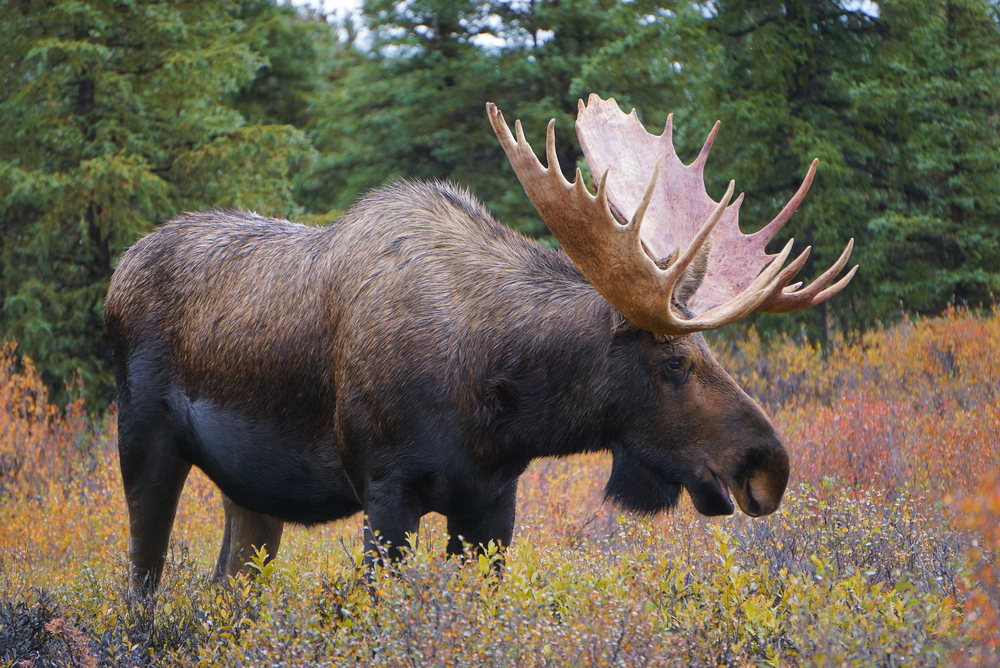
The Conservation Center spans 200 acres at the entrance of Portage Valley,
providing a haven for orphaned and injured wildlife. This sanctuary specializes in
rehabilitation and educational programs highlighting Alaska’s native species.
The facility features spacious enclosures that closely mimic the animals’ natural habitats, allowing visitors to observe bears, moose, and muskoxen in a near-wild setting.
Alaska SeaLife Center, Seward
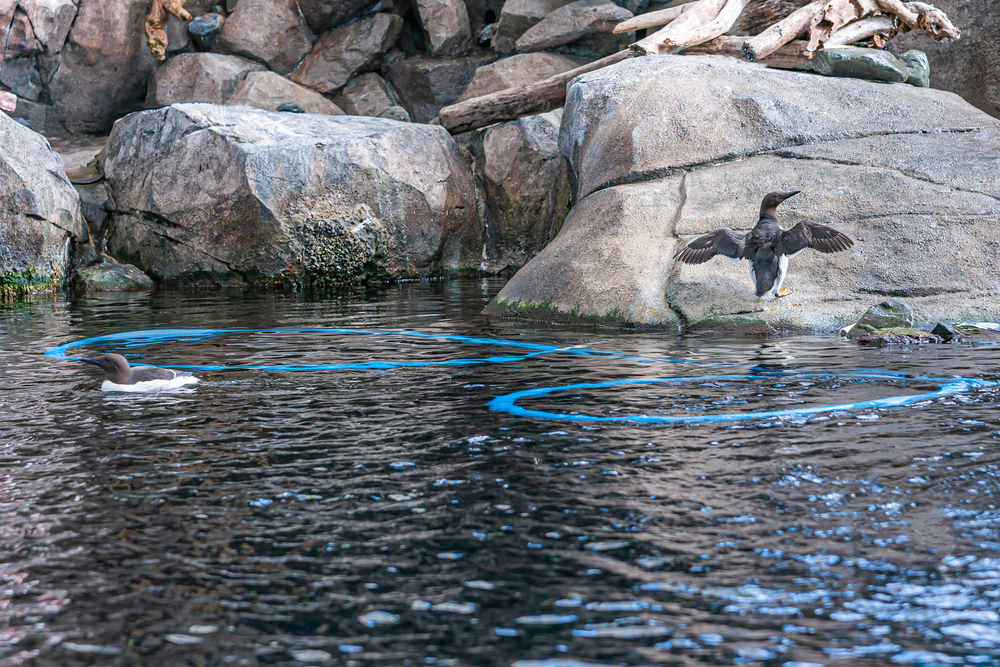
Located on the shores of Resurrection Bay, this marine wildlife sanctuary combines
research, rehabilitation, and public education. The center houses injured sea otters,
seals, and various marine birds, providing them with specialized care and recovery
programs.
Scientists here conduct vital research on marine ecosystems while offering visitors an intimate look at Alaska’s marine life.
Like Travel Pug’s content? Follow us on MSN.
McNeil River State Game Sanctuary, Southwest Alaska
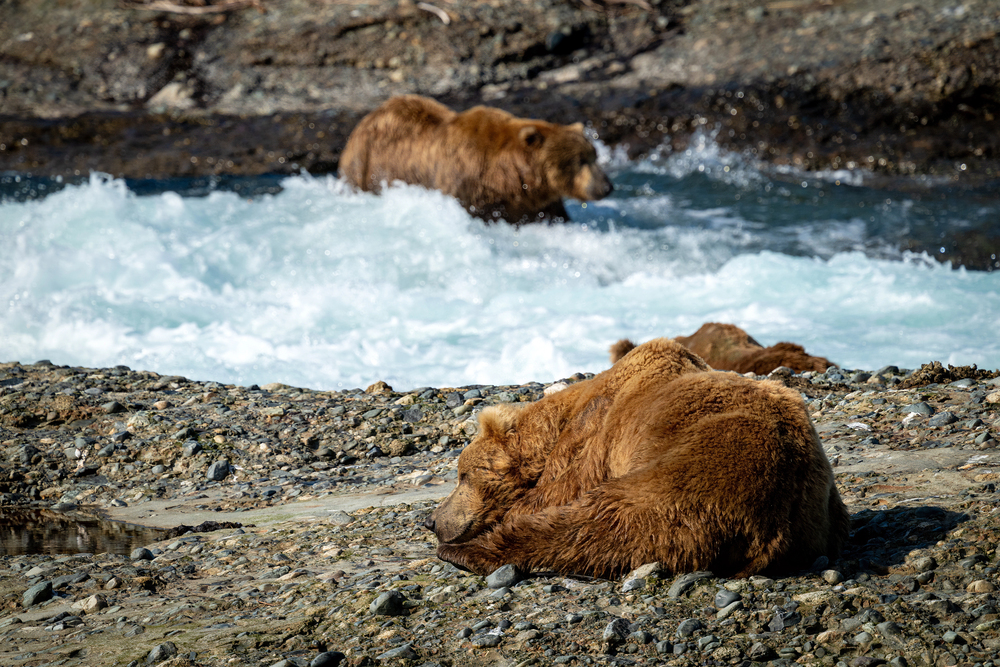
Situated along the Alaska Peninsula, this sanctuary protects one of the world’s
largest concentrations of wild brown bears. The sanctuary encompasses over 200
square miles of pristine wilderness, including vital salmon spawning streams.
Visitors witness remarkable bear-feeding behaviors during the summer salmon runs while maintaining safe distances under expert guidance.
Kenai National Wildlife Refuge, Kenai Peninsula
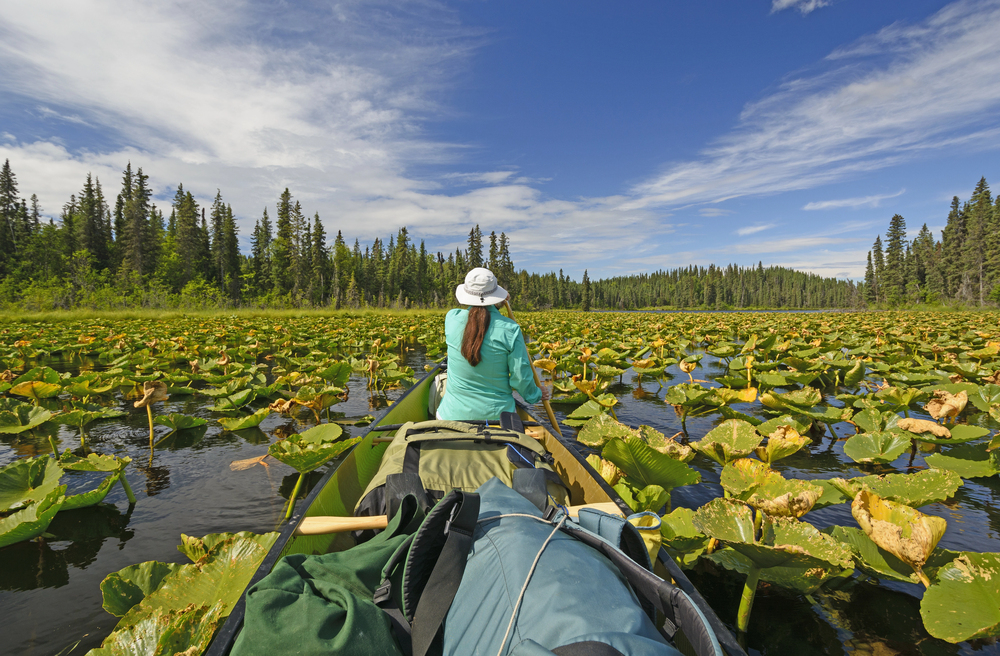
The refuge covers nearly two million acres of diverse habitats, from mountains to
wetlands, supporting a variety of wildlife species. This vast sanctuary provides
critical habitat for moose, bears, and countless migratory birds throughout the year.
The refuge’s extensive trail system allows visitors to explore different ecosystems
while observing wildlife in their natural settings.
Arctic National Wildlife Refuge, Northeast Alaska
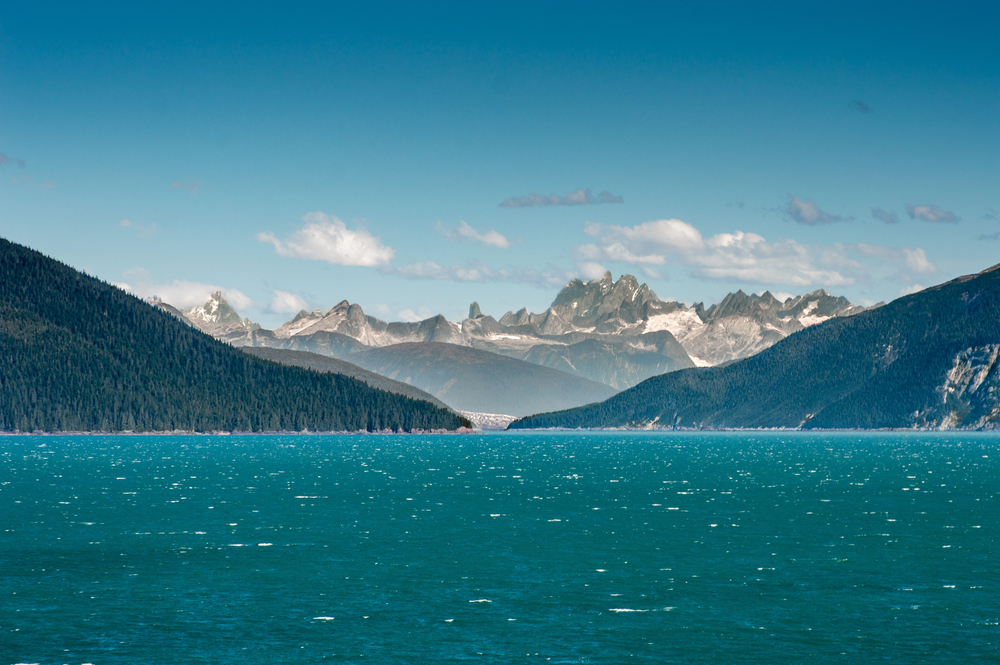
Spanning 19.6 million acres, this sanctuary represents America’s largest wildlife
refuge and protects critical polar bear denning areas. The sanctuary supports the
Porcupine Caribou Herd’s annual migration and provides essential habitat for
hundreds of bird species.
This pristine wilderness exemplifies Alaska’s commitment to large-scale ecosystem preservation.
Like Travel Pug’s content? Follow us on MSN.
Creamer’s Field Migratory Waterfowl Refuge, Fairbanks
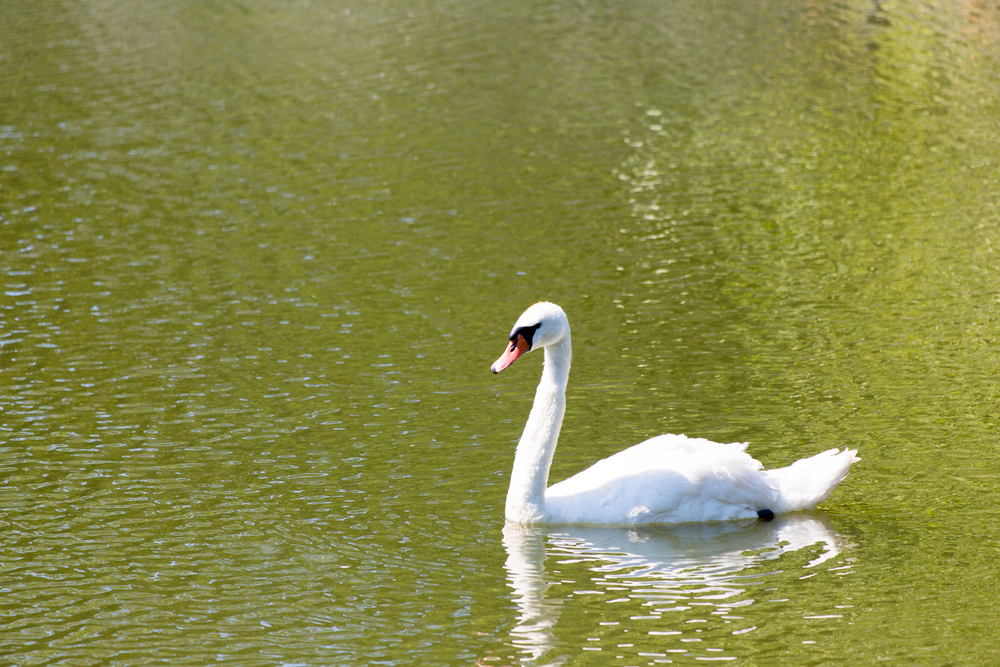
This historic dairy farm turned wildlife sanctuary serves as a crucial stopover for
migratory birds in Interior Alaska. The refuge maintains a variety of habitats,
including wetlands, fields, and forests, to support diverse wildlife populations.
Educational programs here connect visitors with nature while highlighting the
importance of protecting migratory bird habitats.
Alaska Raptor Center, Sitka
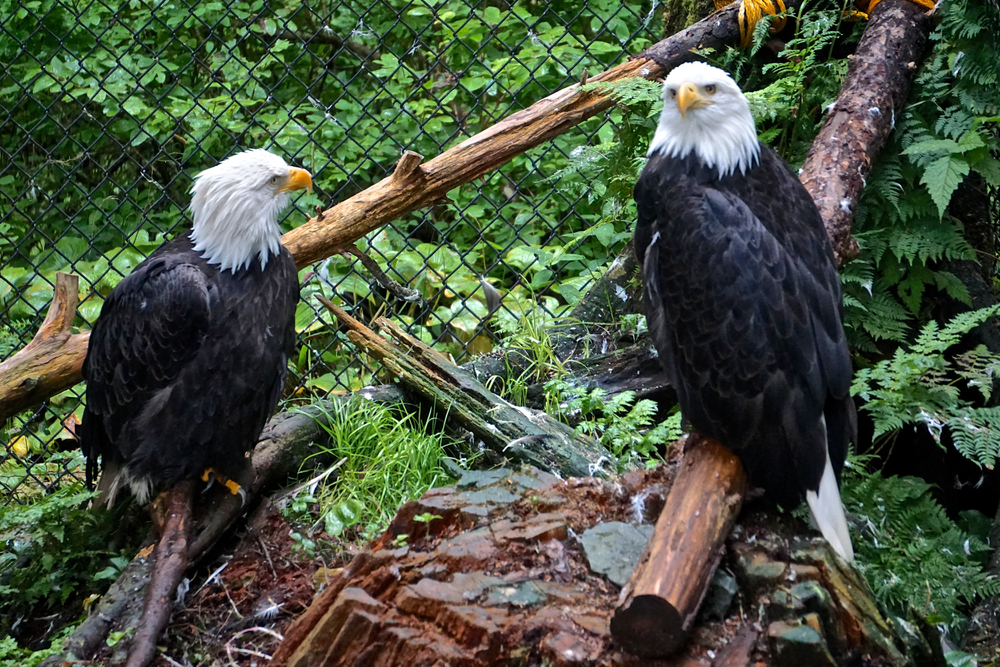
Nestled in Southeast Alaska’s temperate rainforest, this sanctuary specializes in
rehabilitating injured birds of prey. The center treats hundreds of raptors annually,
including eagles, owls, and hawks across the state.
Visitors can observe permanent resident birds and rehabilitation cases while learning about raptor conservation.
Anchorage Coastal Wildlife Refuge, Anchorage
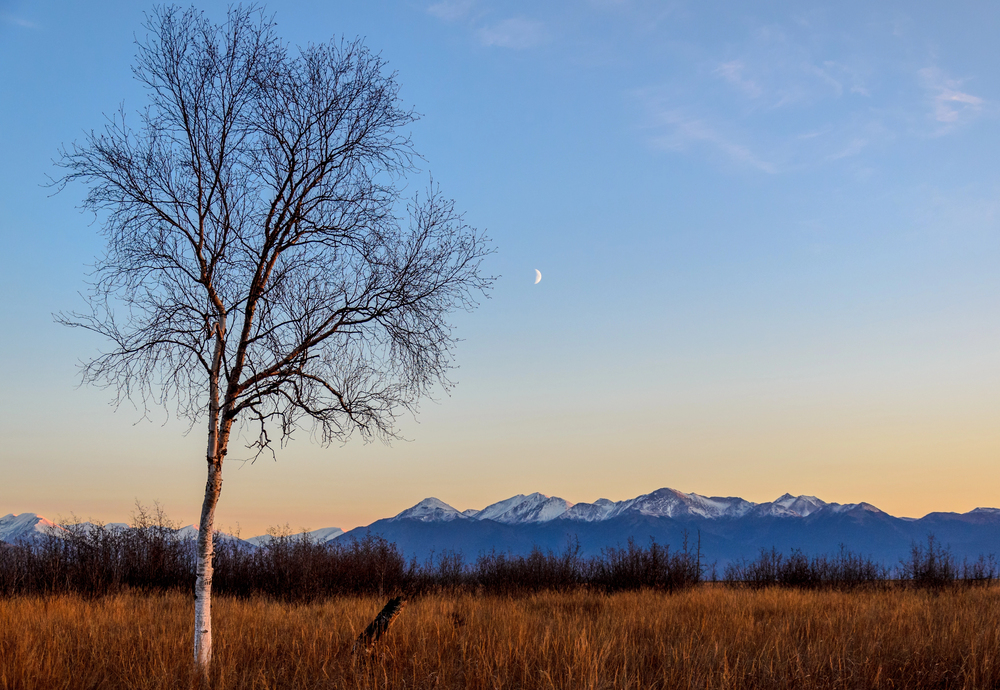
This urban sanctuary stretches along 16 miles of coastline, providing critical habitat
for countless shorebirds and waterfowl. The refuge features extensive mudflats and
coastal wetlands supporting resident and migratory bird populations.
The sanctuary maintains pristine wildlife observation and research conditions despite its urban location.
Like Travel Pug’s content? Follow us on MSN.
Alaska Maritime National Wildlife Refuge, Gulf of Alaska
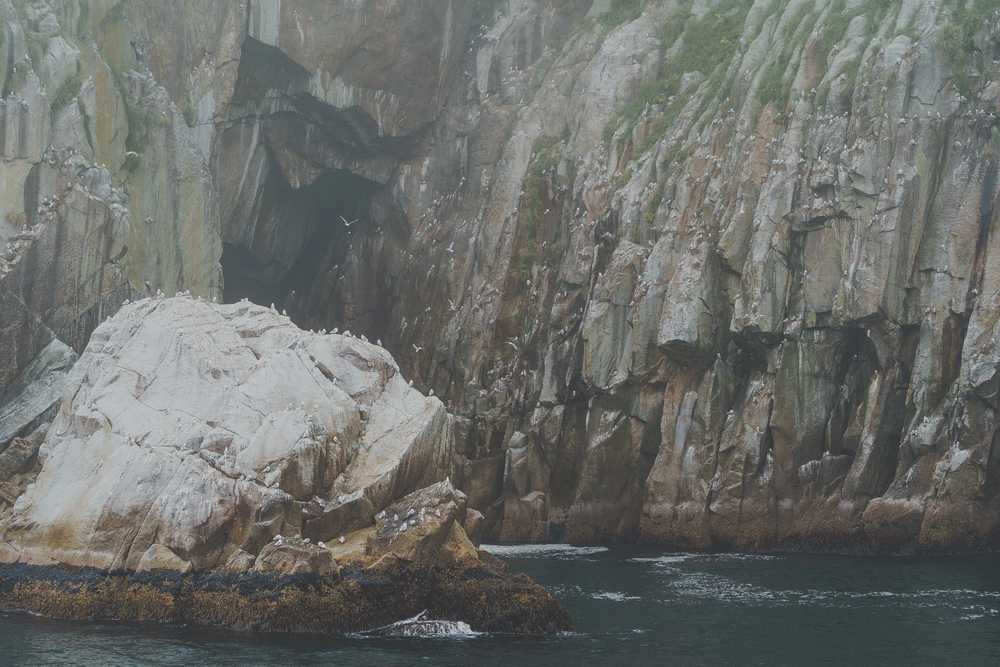
This expansive refuge protects over 2,500 islands and headlands along Alaska’s
coast, serving as a crucial seabird habitat. The sanctuary monitors some of the
largest seabird colonies in North America while protecting marine mammal
populations.
Research stations throughout the refuge contribute to our understanding of marine ecosystems.
Kodiak National Wildlife Refuge, Kodiak Island
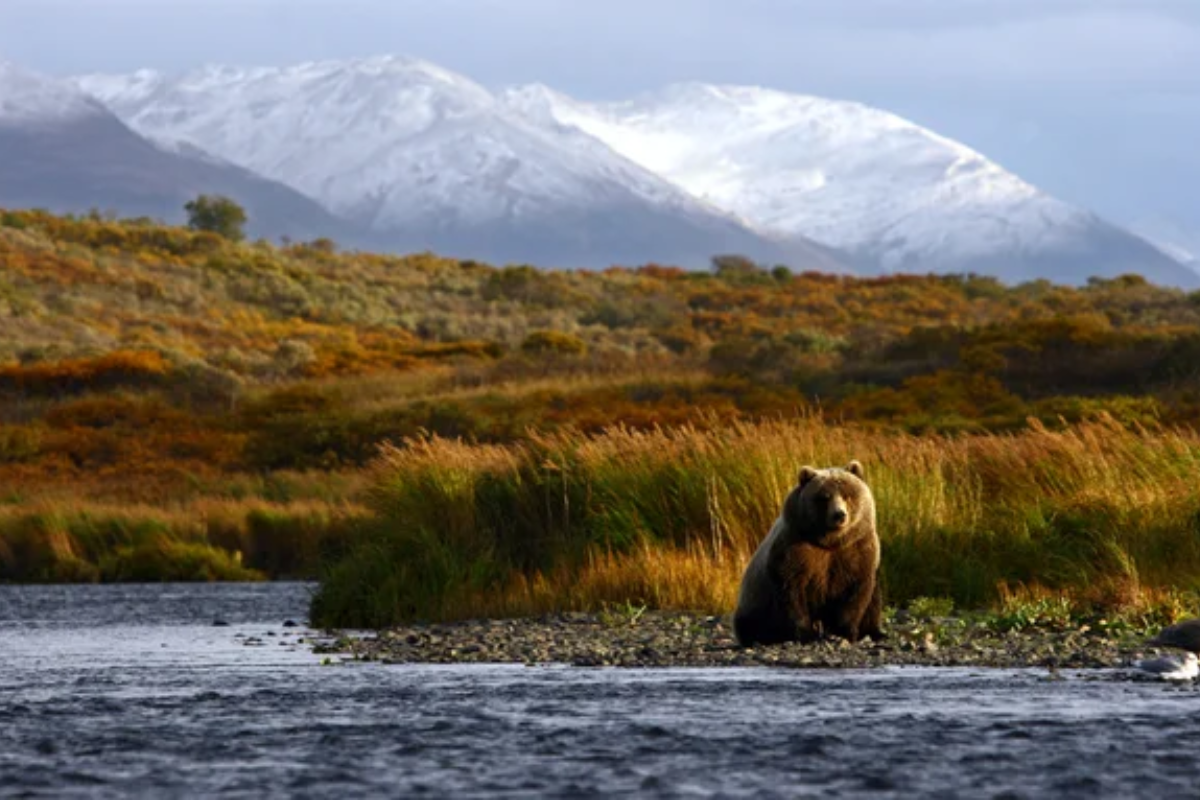
This sanctuary protects the unique Kodiak brown bear and its habitat, encompassing
most of Kodiak Island. The refuge combines rugged mountains, alpine meadows, and coastal rainforest to support diverse wildlife populations.
Visitors can observe bears fishing for salmon while exploring the refuge’s pristine wilderness areas.
Yukon Delta National Wildlife Refuge, Western Alaska
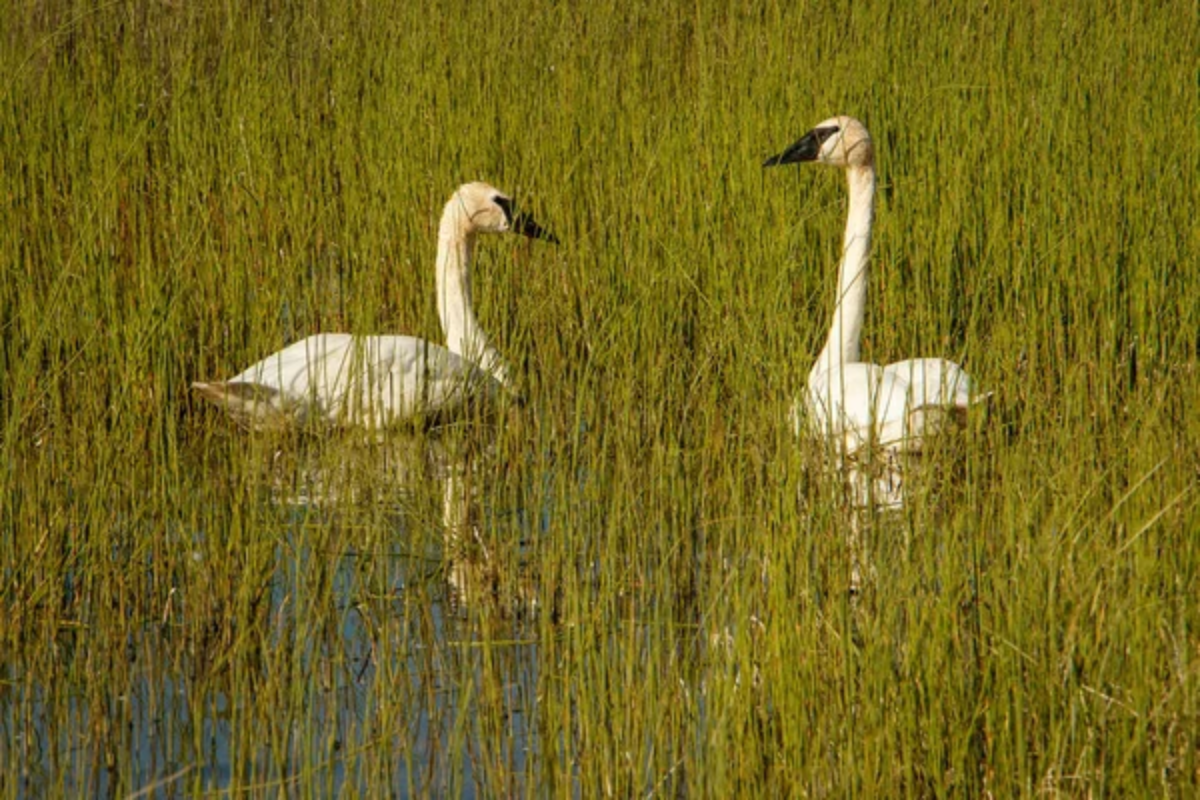
This massive coastal sanctuary provides critical habitat for millions of migratory birds
and waterfowl. It encompasses one of North America’s largest river deltas,
supporting abundant wildlife populations.
Traditional subsistence practices continue here while careful wildlife management protocols are maintained.
Like Travel Pug’s content? Follow us on MSN.
Izembek National Wildlife Refuge, Alaska Peninsula
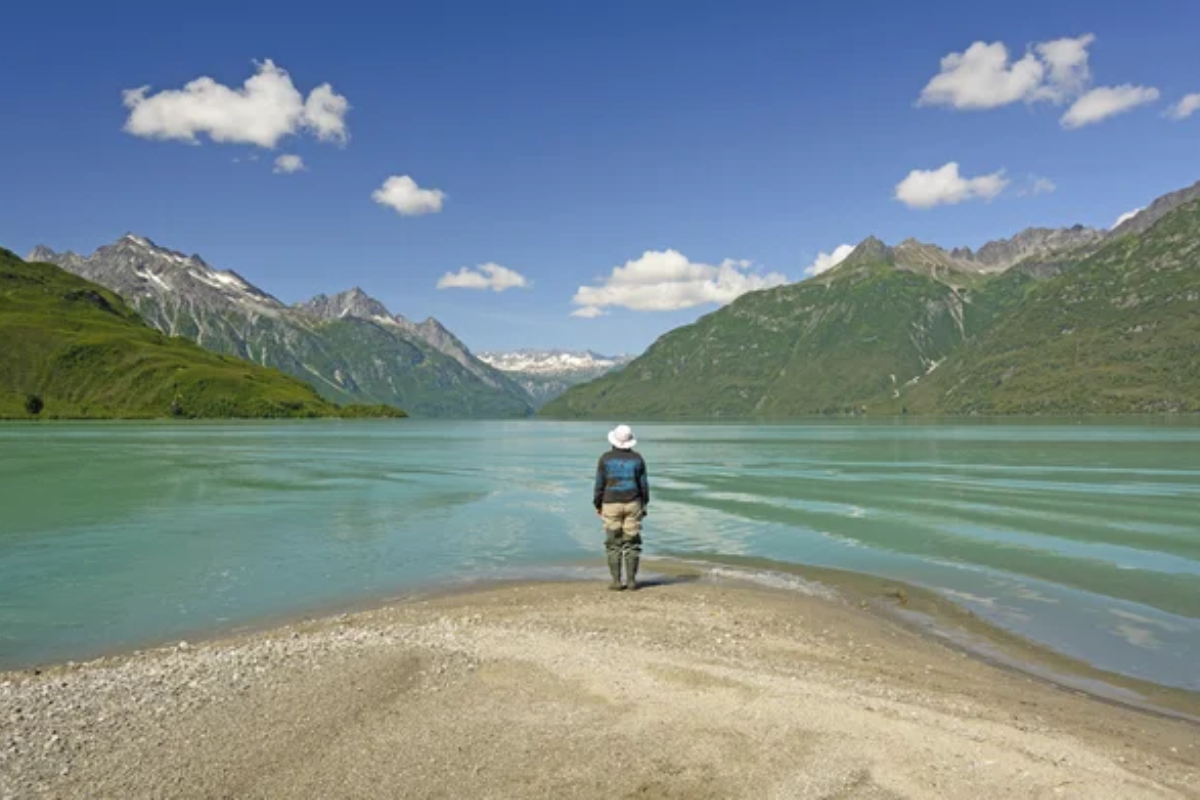
Located at the tip of the Alaska Peninsula, this sanctuary protects crucial habitats for
migratory birds and marine life. The refuge contains one of the world’s largest
eelgrass beds, supporting numerous species, including the Pacific black brant
population.
Marine mammals regularly visit the sanctuary’s protected waters, including walruses and seals.
Tetlin National Wildlife Refuge, Eastern Alaska
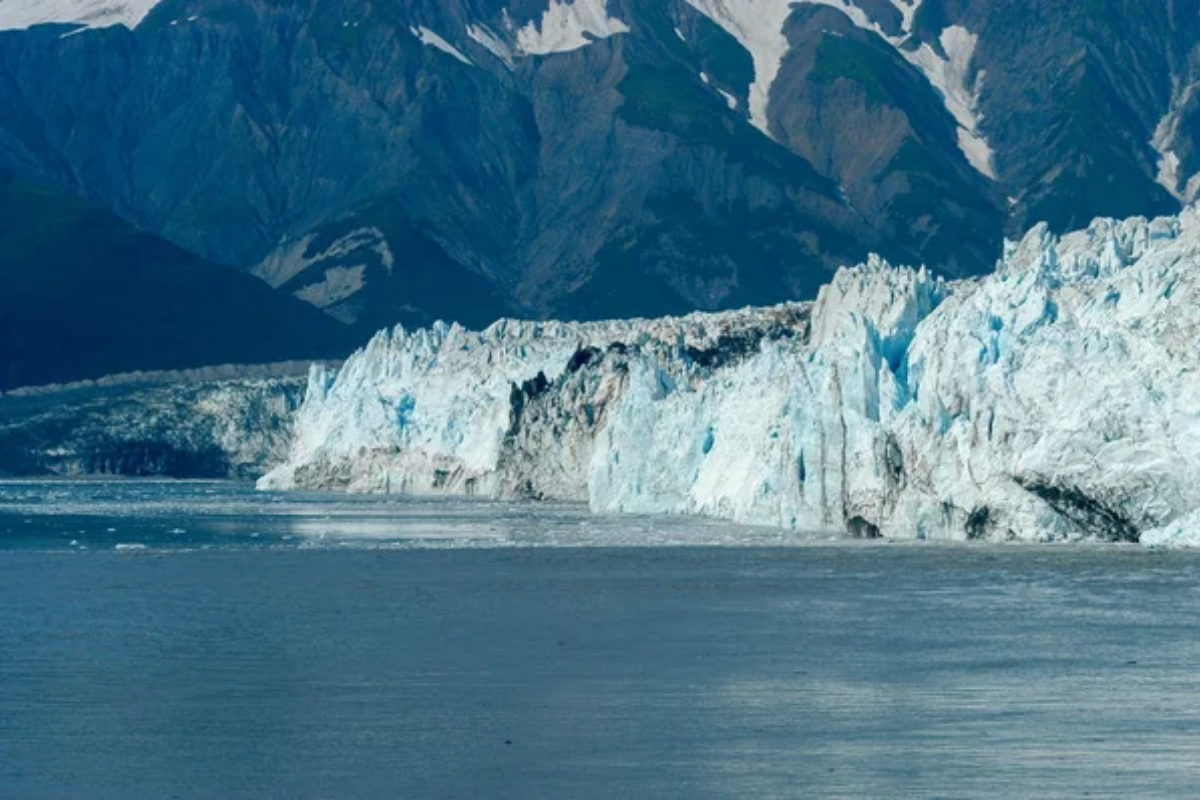
This sanctuary is situated in the Upper Tanana River Valley and preserves critical
wetland and forest habitats. The refuge provides essential breeding grounds for
numerous waterfowl species and supports large mammals, including moose and
caribou.
Visitors can explore diverse ecosystems while learning about wildlife conservation efforts.
Togiak National Wildlife Refuge, Southwest Alaska
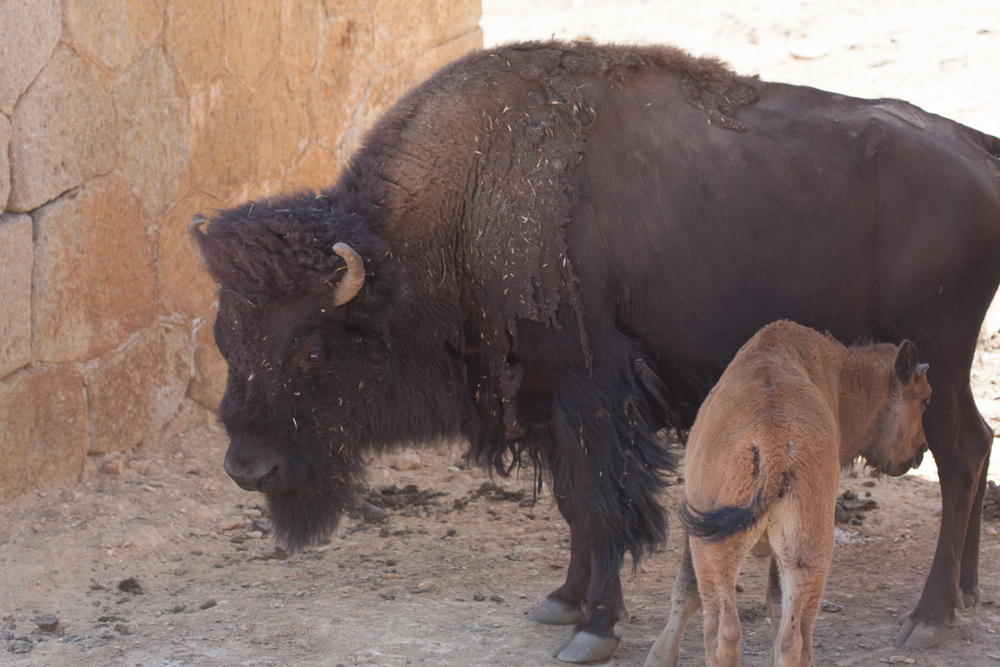
This coastal sanctuary protects marine and terrestrial ecosystems along Bristol Bay,
supporting diverse wildlife populations. The refuge maintains pristine salmon
streams while providing habitat for walruses, seals, and countless seabirds.
Traditional Native Alaskan hunting and fishing practices continue under careful
management within the sanctuary.
Like Travel Pug’s content? Follow us on MSN.
Selawik National Wildlife Refuge, Northwest Alaska
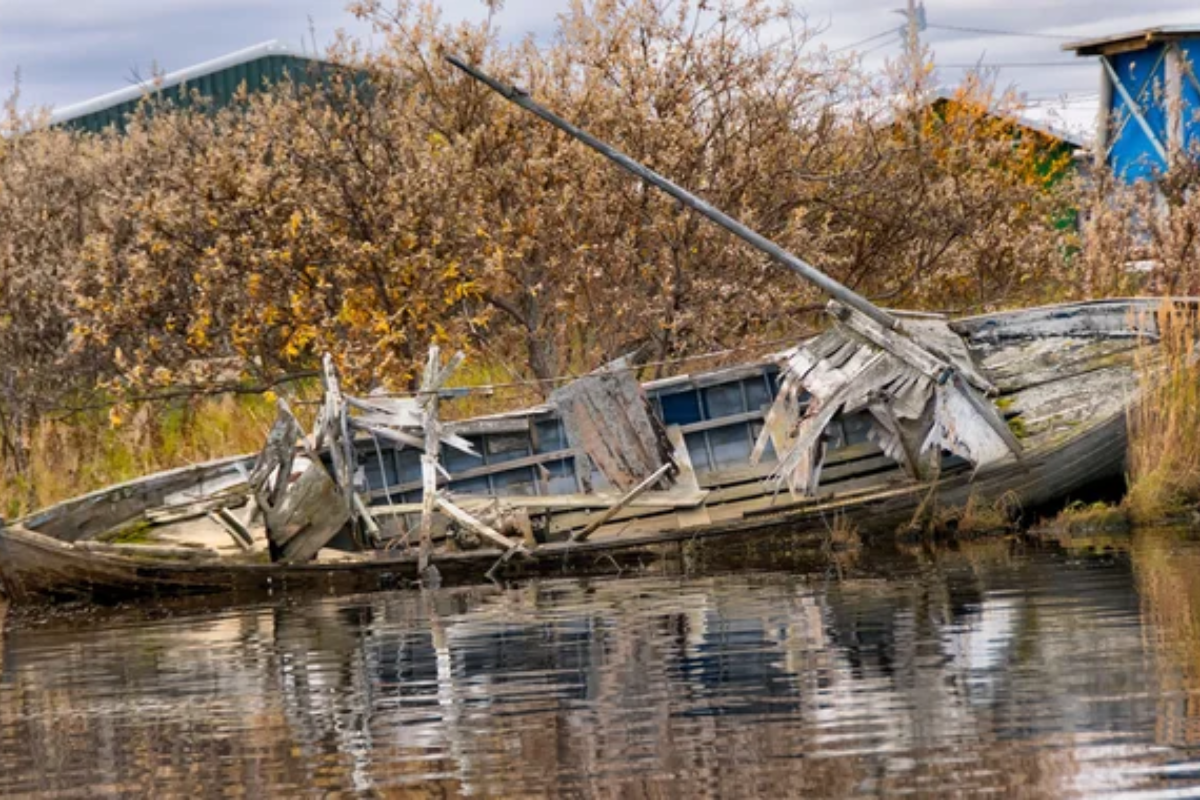
This sanctuary preserves vast wetlands and tundra ecosystems above the Arctic
Circle. During their breeding seasons, the refuge protects critical habitat for caribou,
moose, and numerous waterfowl species.
Traditional subsistence activities coexist with wildlife conservation efforts throughout the sanctuary.
Innoko National Wildlife Refuge, Western Interior Alaska
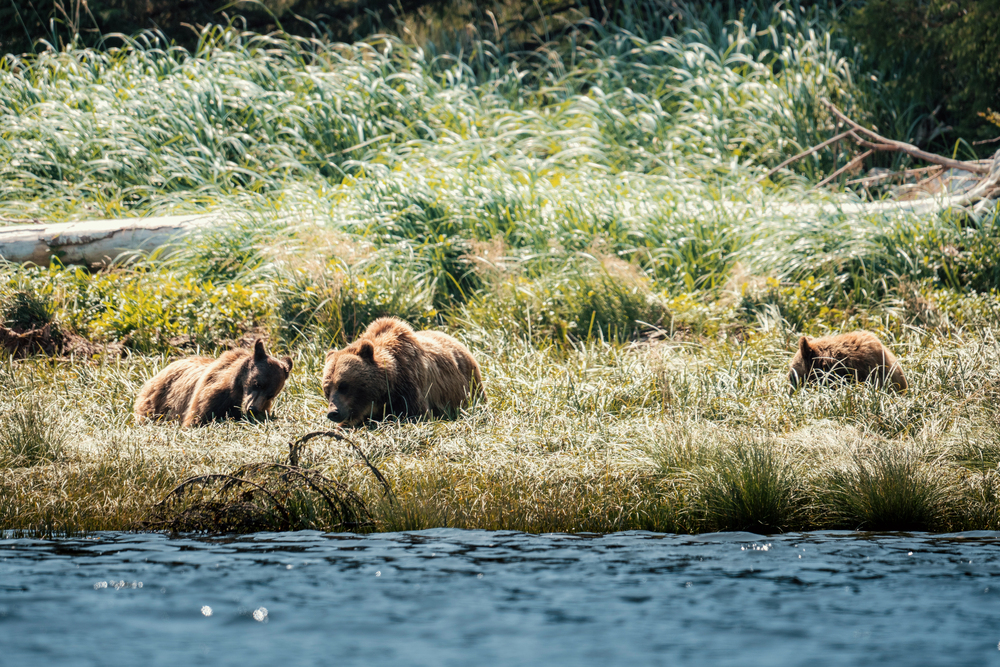
This remote sanctuary encompasses extensive wetlands and boreal forest habitats
along the Innoko River system. Throughout the year, the refuge supports significant
populations of moose, bears, and numerous furbearer species.
Careful management maintains a balance between wildlife conservation and traditional subsistence practices.
Kanuti National Wildlife Refuge, Northern Alaska
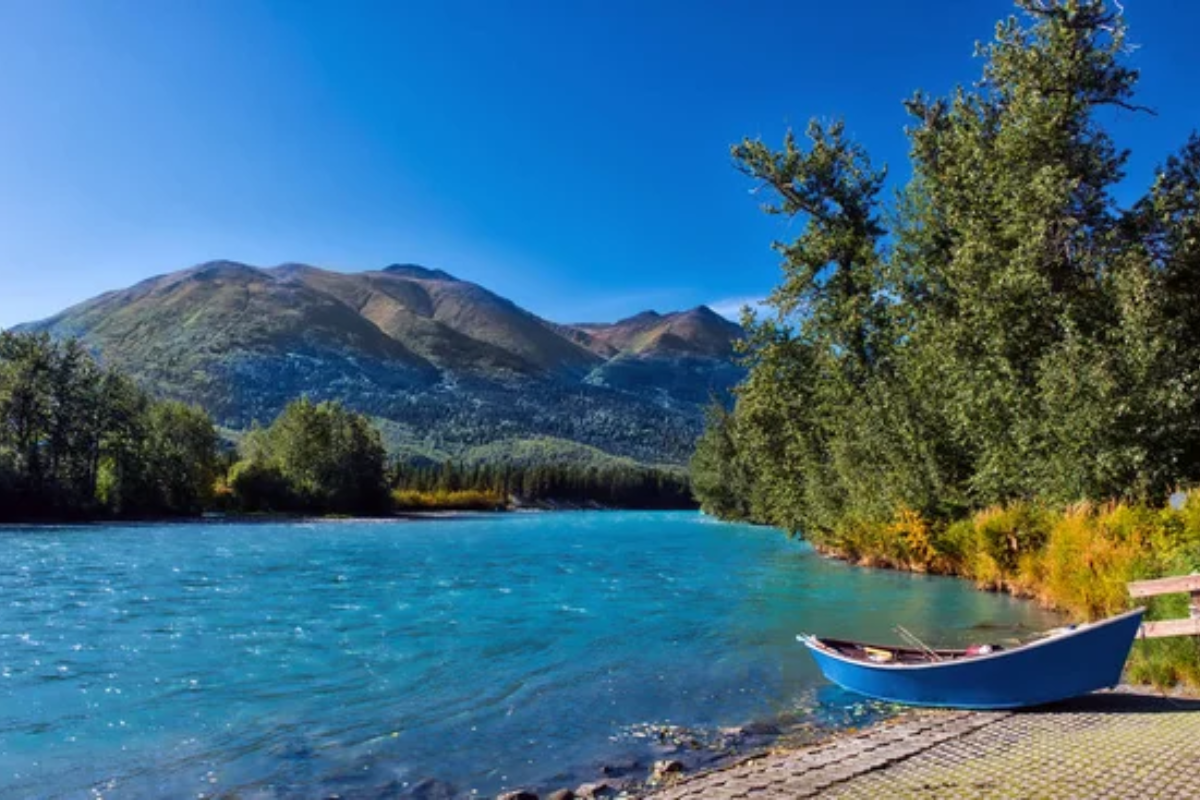
Situated in Alaska’s interior, this sanctuary protects diverse habitats ranging from
wetlands to alpine tundra. The refuge provides essential breeding grounds for
thousands of waterfowl while supporting year-round wildlife populations.
Research programs here contribute to our understanding of subarctic ecosystems and wildlife management.
Like Travel Pug’s content? Follow us on MSN.
Becharof National Wildlife Refuge, Alaska Peninsula
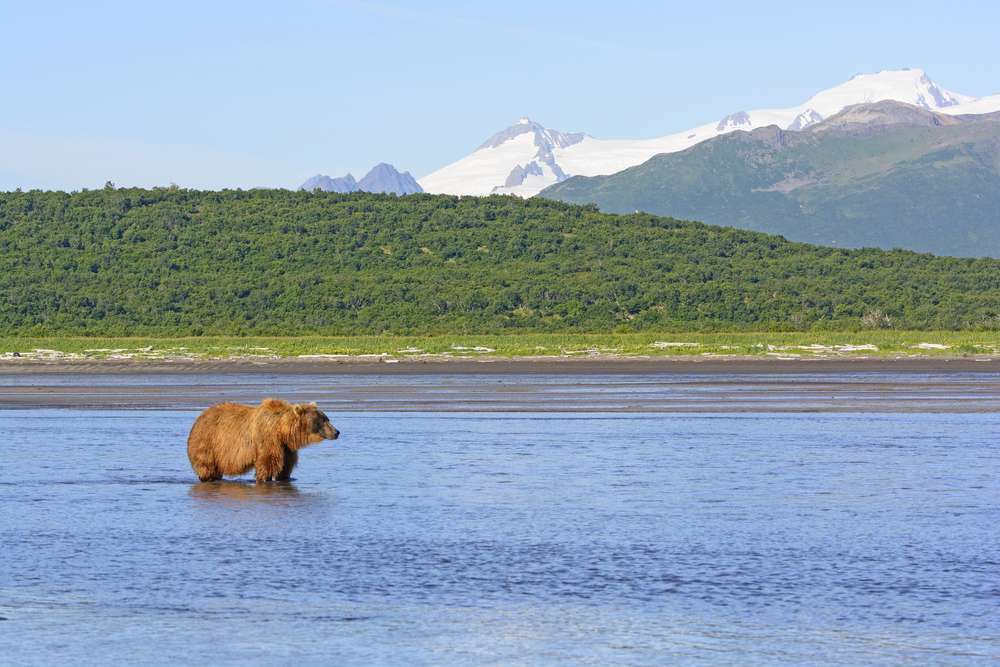
This sanctuary protects some of Alaska’s most productive salmon streams and
brown bear habitat. The refuge encompasses the state’s second-largest lake while
supporting diverse wildlife populations, including caribou and marine mammals.
Careful management maintains the delicate balance between wildlife conservation
and sustainable resource use.
Nowitna National Wildlife Refuge, Central Alaska
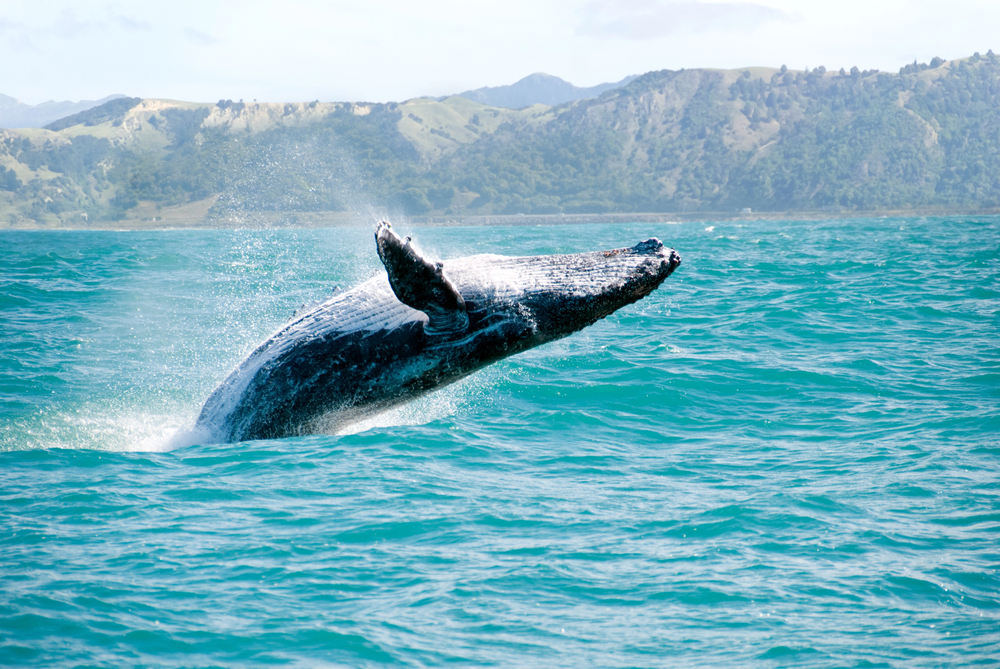
This sanctuary is located along the Nowitna River and preserves extensive wetland
and forest ecosystems. Throughout the year, the refuge provides crucial habitat for
moose, bears, and numerous waterfowl species.
Traditional subsistence activities continue under careful management while maintaining wildlife conservation goals.
Koyukuk National Wildlife Refuge, Northern Interior Alaska
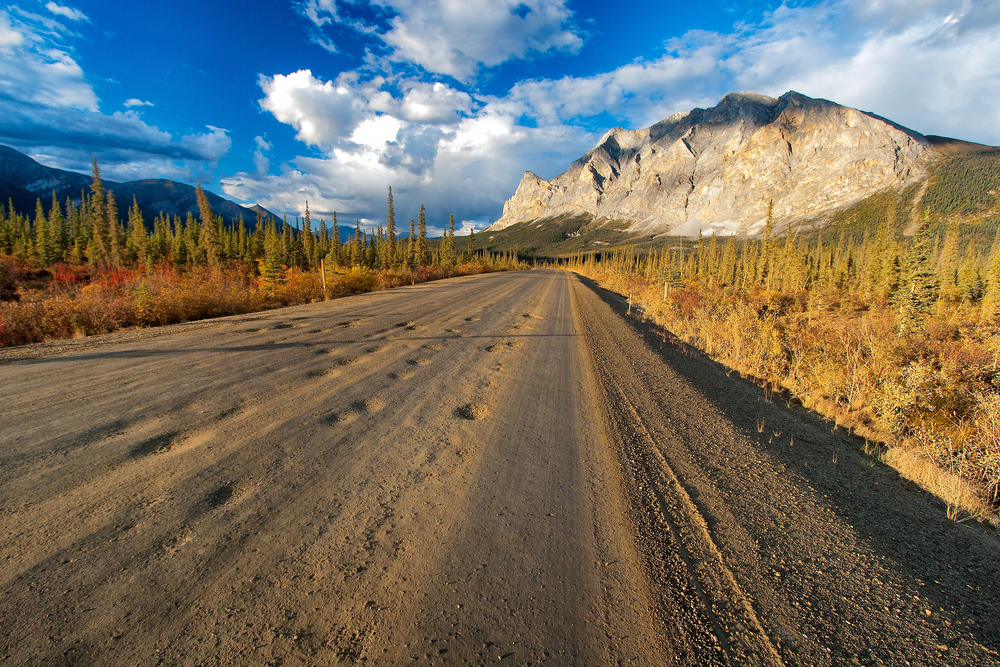
This expansive sanctuary encompasses over 3.5 million acres of pristine wetlands
and boreal forest along the Koyukuk River system. The refuge serves as a critical
breeding ground for thousands of waterfowl and provides essential habitat for
moose, wolves, and black bears throughout the year.
Traditional subsistence hunting and fishing practices remain carefully managed while maintaining the refuge’s conservation objectives.
Like Travel Pug’s content? Follow us on MSN.
Discovering Alaska’s Natural Treasures: The Journey
Continues
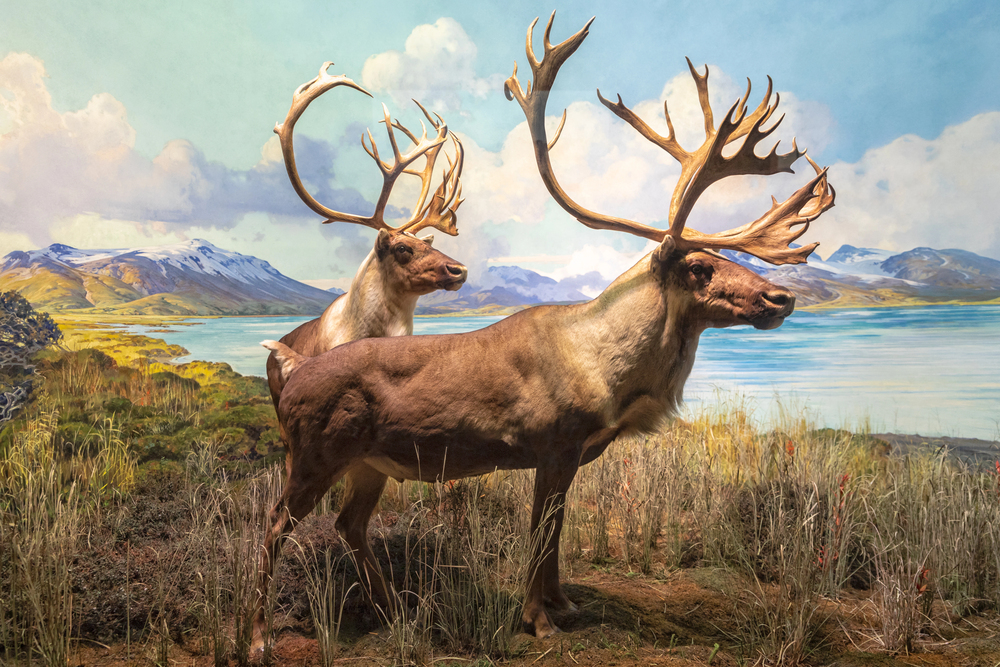
These wildlife sanctuaries represent Alaska’s commitment to preserving its unique
natural heritage for future generations. Each location offers distinct opportunities to
observe and learn about the state’s diverse wildlife while supporting crucial
conservation efforts.
Whether you’re interested in marine life, terrestrial mammals, or migratory birds,
Alaska’s sanctuaries provide unparalleled experiences in some of North America’s
most pristine wilderness areas.
More from Travel Pug

- 15 Dangerous European Cities to Avoid
- 15 Caribbean Islands Where Tourists Keep Getting Scammed
- The 20 Most Fascinating Abandoned Places: A Journey Through Time and Forgotten Spaces
- 15 Hidden Places in the Smithsonian Museums Locals Love: A Guide to Lesser-Known Treasures
- 16 Hidden Florida Beach Towns That Aren’t Overrun with Tourists
Like Travel Pug’s content? Follow us on MSN.
